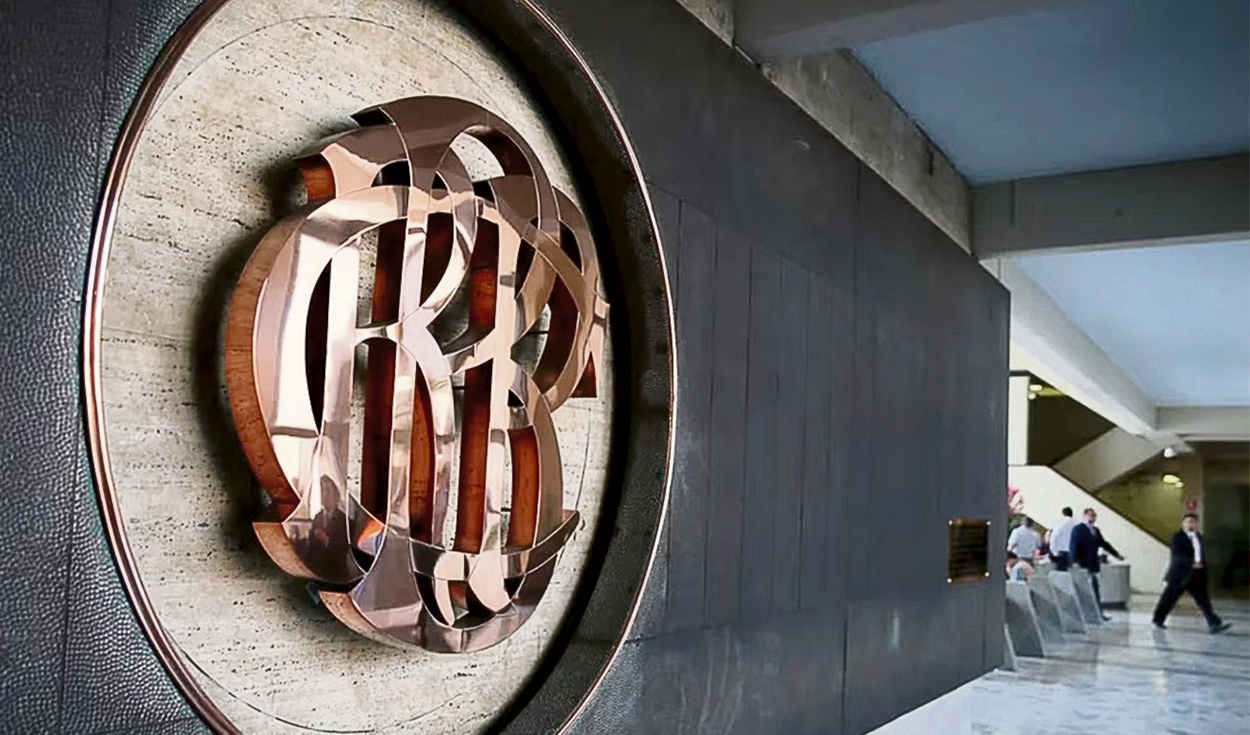
With the pandemic, the Central Reserve Bank of Peru (BCRP) raised the reference interest rate to the 0% threshold to make credit cheaper and re-boost the economy; However, the overflow of liquidity—aggravated by global factors such as the Russia-Ukraine war—raised the inflation to levels not seen in more than 20 years.
The interest rate, before the coronavirus, was 2.25%; and it is currently at 7.25%. Although in its latest report the BCRP reduced it by 25 basis points, due to the gradual fall in annualized inflation to 5.04%, in September, the entity recognized that it does not imply a cycle of successive reductions.
In this regard, the Lima Chamber of Commerce (CCL) proposes that this rate be reduced, since the lowest inflation rate in the last two years has been achieved.
“With 12-month inflation expectations reduced to 3.38%, the Central Reserve Bank of Peru (BCRP) consequently has the favorable outlook to continue reducing the reference rate, currently at 7.25%. ”, they alleged in their package of reactivation proposals.
Necessary decision
Scotiabank considers that the interest rate cut is “key, powerful and could mark a turning point in the recurring deterioration” of the Peruvian economy, since the Executive’s fiscal efforts are insufficient and require monetary policy to stimulate the market.
They detail that they do not expect continuous rate reductions in a latent context of a phenomenon The boy intense. Along these lines, Scotiabank predicts that the reference interest rate will end in 2023 at 7.00%, which includes a “possible pause in the future” and, by 2024, it would cut it to 5.00% (higher than 4.85% agreed in the market).
For its part, BBVA Research recalls that, apart from inflation and national production, the behavior of the United States Federal Reserve (Fed) will condition the decisions of the BCRP. The Fed recently announced that its benchmark rates will remain elevated for longer than expected.
Consequences
Kurt Burneo, former head of the MEF and professor at the Centrum PUCP, remembers that the rise in credit prices, a product of the BCRP policy, also explains the economic slowdown, and not only falls on the management of Alex Contreras at the MEF. “Expensive credit means less consumption and investment,” he emphasized.
In addition, it summarizes that the reduction in rates is tangible for households between six and ten months, depending on the product required; at the same time as inflation data.
On the other hand, the Peruvian Federation of Municipal Savings and Credit Banks (FEPCMAC) asks the BCRP not to follow the global pace because “a recession has been created for companies below.”
Fitch Ratings: Peruvian GDP will grow 0.8%
The agency Fitch Ratings lowered its estimate of Peruvian growth for this 2023, and now they expect it to close at 0.8% (before it was 1.8%).
They expect the fiscal deficit to be 2.6% and it would represent a breach of the official goal, set at 2.4%. Weak governance, political instability and limited GDP growth are risks you would face when it comes to your credit rating.
S&P Global Ratings also lowered its projection: from 1.8% to 0.9%. Various multinational blocks have brought their growth expectations for Peruvian production closer to 0%, which would have its weakest level in 20 years (without COVID-19).
Source: Larepublica
Alia is a professional author and journalist, working at 247 news agency. She writes on various topics from economy news to general interest pieces, providing readers with relevant and informative content. With years of experience, she brings a unique perspective and in-depth analysis to her work.












